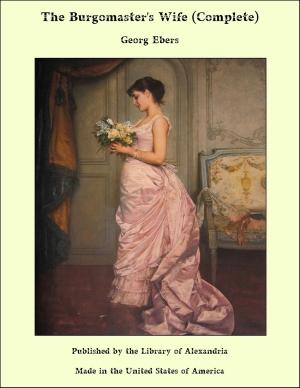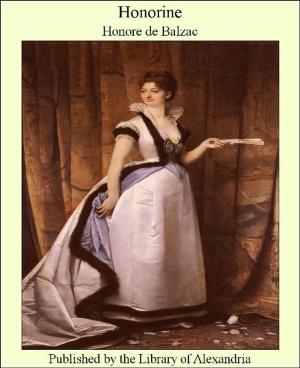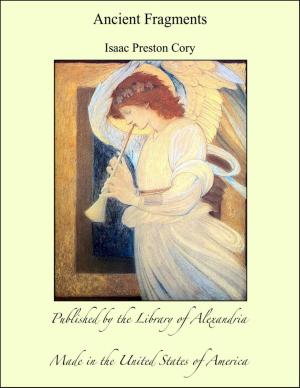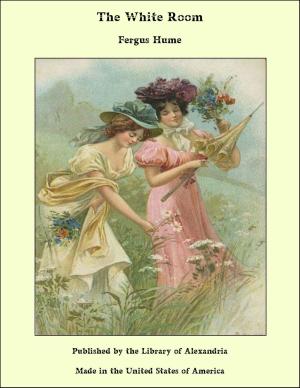The Bondman: A Story of the Times of Wat Tyler
Nonfiction, Religion & Spirituality, New Age, History, Fiction & Literature| Author: | Mrs. O'Neill | ISBN: | 9781465619723 |
| Publisher: | Library of Alexandria | Publication: | March 8, 2015 |
| Imprint: | Language: | English |
| Author: | Mrs. O'Neill |
| ISBN: | 9781465619723 |
| Publisher: | Library of Alexandria |
| Publication: | March 8, 2015 |
| Imprint: | |
| Language: | English |
About a quarter of a mile south of Winchcombe, on the summit of a gentle elevation, are still the remains of a castle, which, as Fuller says, "was of subjects' castles the most handsome habitation, and of subjects' habitations the strongest castle." In the month of August, in the year thirteen hundred and seventy-four, this distinguished place, called Sudley Castle, presented an interesting scene—the then owner, in consequence of his father's death, holding his first court for receiving the homage and fealty of his vassals. The court-yards were thronged with the retainers of the Baron, beguiling the hour until the ceremony called them into the hall. This apartment, which corresponded in magnificence and beauty with the outward appearance of the noble pile, was of an oblong shape. Carved representations of battles adorned the lofty oaken ceiling, and suspended were banners and quarterings of the Sudley and De Boteler families. Ancestral statues of oak, clad in complete armour, stood in niches formed in the thick walls. The heavy linked mail of the Normans, with the close helmet, or skull cap, fastened under the chin, and leaving the face exposed, encased those who represented the early barons of Sudley; while those of a later period were clad in the more convenient, and more beautiful armour of the fourteenth century. The walls were covered with arms, adapted to the different descriptions of soldiers of the period, and arranged so, as each might provide himself with his proper weapons, without delay or confusion. The hall had a tesselated pavement, on which the arms of the united families of Sudley and De Boteler (the latter having inherited by marriage, in consequence of a failure of male issue in the former) were depicted with singular accuracy and beauty. About midway from the entrance, two broad steps of white marble led to the part of the hall exclusively appropriated to the owner of the castle. The mosaic work of this privileged space was concealed on the present occasion by a covering of fine crimson cloth. A large arm chair, covered with crimson velvet, with the De Boteler arms richly emblazoned on the high back, over which hung a velvet canopy fringed with gold, was placed in the centre of the elevation; and several other chairs with similar coverings and emblazonings, but wanting canopies, were disposed around for the accommodation of the guests.
About a quarter of a mile south of Winchcombe, on the summit of a gentle elevation, are still the remains of a castle, which, as Fuller says, "was of subjects' castles the most handsome habitation, and of subjects' habitations the strongest castle." In the month of August, in the year thirteen hundred and seventy-four, this distinguished place, called Sudley Castle, presented an interesting scene—the then owner, in consequence of his father's death, holding his first court for receiving the homage and fealty of his vassals. The court-yards were thronged with the retainers of the Baron, beguiling the hour until the ceremony called them into the hall. This apartment, which corresponded in magnificence and beauty with the outward appearance of the noble pile, was of an oblong shape. Carved representations of battles adorned the lofty oaken ceiling, and suspended were banners and quarterings of the Sudley and De Boteler families. Ancestral statues of oak, clad in complete armour, stood in niches formed in the thick walls. The heavy linked mail of the Normans, with the close helmet, or skull cap, fastened under the chin, and leaving the face exposed, encased those who represented the early barons of Sudley; while those of a later period were clad in the more convenient, and more beautiful armour of the fourteenth century. The walls were covered with arms, adapted to the different descriptions of soldiers of the period, and arranged so, as each might provide himself with his proper weapons, without delay or confusion. The hall had a tesselated pavement, on which the arms of the united families of Sudley and De Boteler (the latter having inherited by marriage, in consequence of a failure of male issue in the former) were depicted with singular accuracy and beauty. About midway from the entrance, two broad steps of white marble led to the part of the hall exclusively appropriated to the owner of the castle. The mosaic work of this privileged space was concealed on the present occasion by a covering of fine crimson cloth. A large arm chair, covered with crimson velvet, with the De Boteler arms richly emblazoned on the high back, over which hung a velvet canopy fringed with gold, was placed in the centre of the elevation; and several other chairs with similar coverings and emblazonings, but wanting canopies, were disposed around for the accommodation of the guests.















